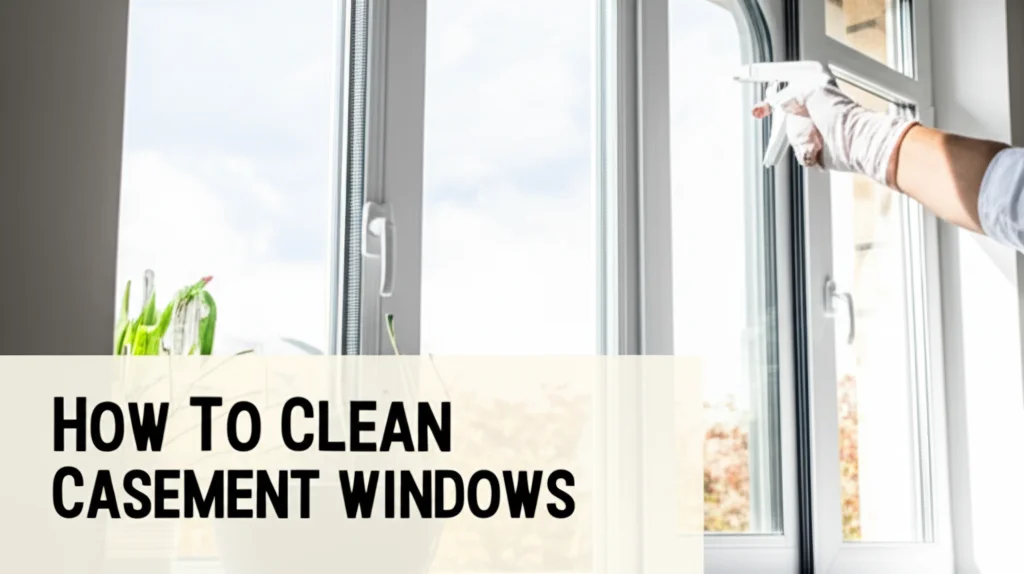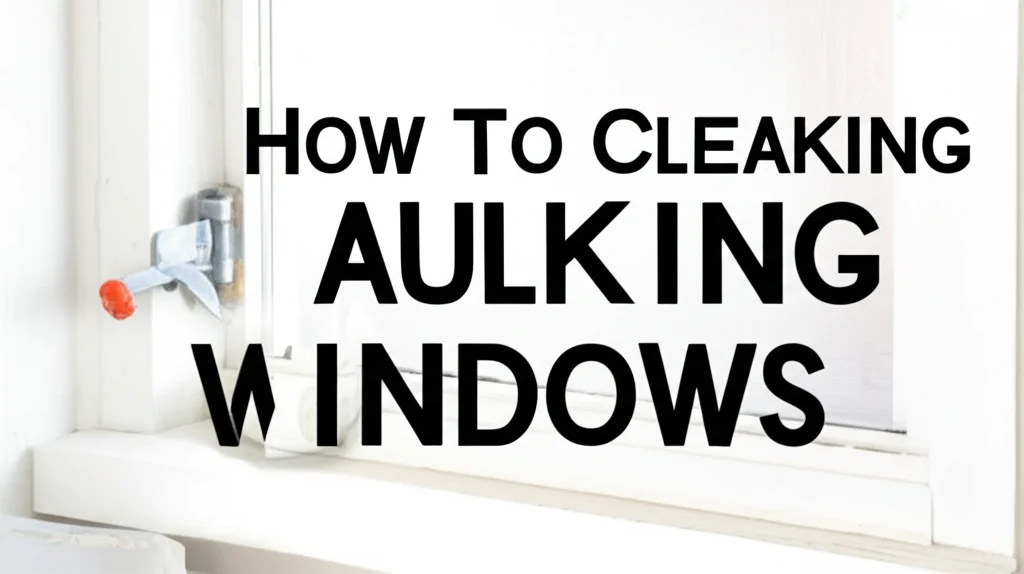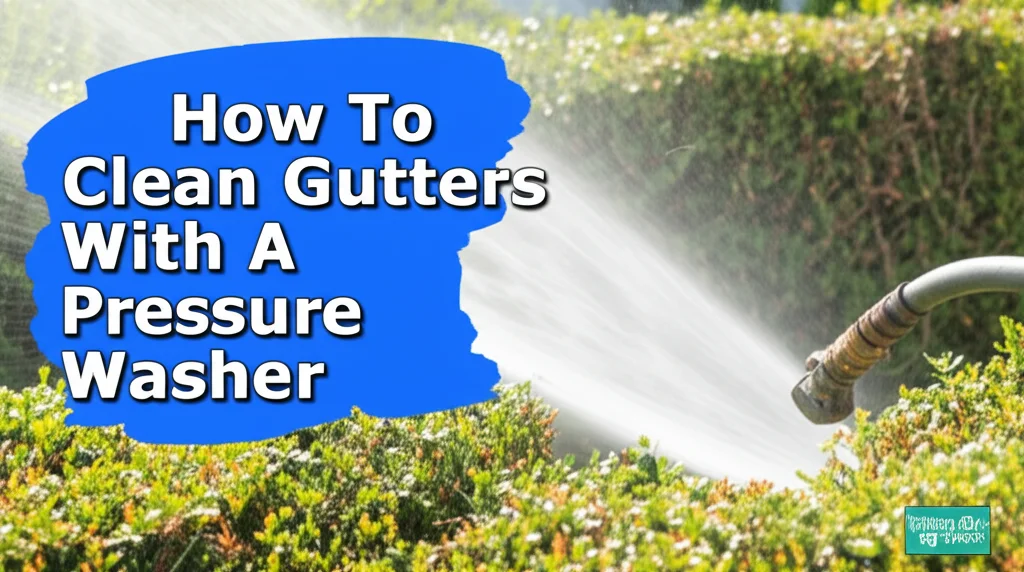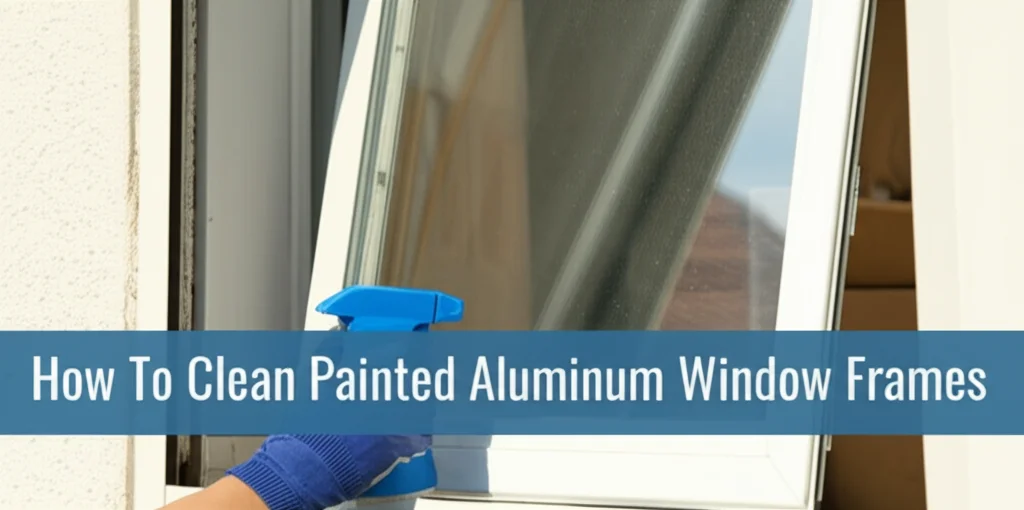· Home Improvement · 6 min read
How To Clean Conservatory Roof
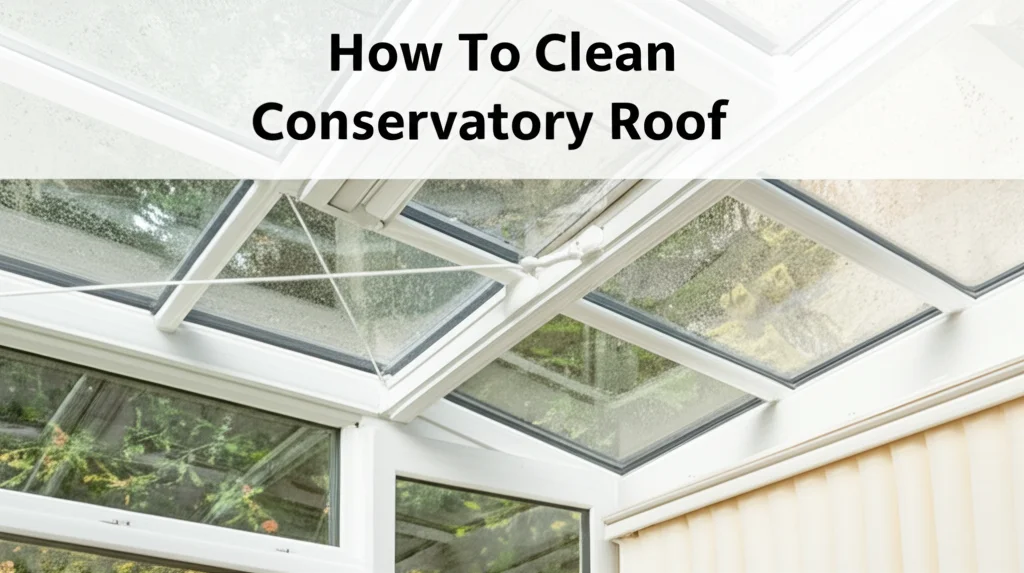
A Sparkling Clean Conservatory Roof: Your Complete Guide
Is your conservatory feeling a little gloomy? Often, the culprit isn’t the structure itself, but a dirty roof! A clean conservatory roof lets in more light, making your space brighter and more enjoyable. This guide will walk you through everything you need to know about how to clean a conservatory roof, ensuring it stays sparkling and well-maintained. We’ll cover everything from safety precautions to the best cleaning methods, so you can enjoy your conservatory to the fullest.
Quick Answer: To clean a conservatory roof, safely access it, remove loose debris, apply a mild detergent solution with a soft brush, rinse thoroughly, and inspect for any damage.
Takeaway:
- Prioritize safety when accessing your conservatory roof.
- Regular cleaning prevents build-up and makes the job easier.
- Use gentle cleaning solutions to avoid damage.
Why Regular Conservatory Roof Cleaning Matters
Let’s face it, conservatory roofs can get really dirty. They’re exposed to the elements – rain, sun, bird droppings, pollen, and even algae can accumulate over time. This build-up doesn’t just make your conservatory look unsightly; it can actually reduce the amount of light entering your space. A dirty roof can also put extra strain on the structure, potentially leading to long-term damage. Regular cleaning prevents these issues, extending the life of your conservatory and keeping it looking its best.
Safety First: Accessing Your Conservatory Roof
Before you even think about cleaning, safety is paramount. Conservatory roofs can be slippery, and a fall could cause serious injury. Never attempt to clean your roof if you’re uncomfortable with heights or lack the proper equipment. Here’s what you need to consider:
- Ladders: Use a sturdy, well-maintained ladder that’s tall enough to reach the roof safely. Ensure it’s placed on level ground and secured properly.
- Roof Access Kits: These kits provide a safer platform to work from, distributing your weight more evenly.
- Harnesses & Safety Lines: For higher conservatories, a safety harness and line are highly recommended.
- Footwear: Wear rubber-soled shoes for maximum grip.
- Buddy System: Always have someone nearby who can assist you in case of an emergency.
Gathering Your Conservatory Roof Cleaning Supplies
Now that you’re prepared to safely access the roof, let’s gather the necessary supplies. Using the right tools will make the job much easier and more effective. Here’s a checklist:
- Soft-Bristled Brush: Avoid abrasive brushes that could scratch the roof material.
- Mild Detergent: Dish soap or a specialized conservatory cleaner are good choices. Avoid harsh chemicals like bleach.
- Bucket: For mixing your cleaning solution.
- Hose with Adjustable Nozzle: For rinsing. A pressure washer can be used, but on a very low setting to avoid damage.
- Squeegee: To remove excess water and prevent streaks.
- Microfiber Cloths: For wiping down frames and finishing touches.
- Safety Glasses: To protect your eyes from splashes.
The Step-by-Step Conservatory Roof Cleaning Process
Okay, you’re safe, equipped, and ready to go! Here’s a detailed breakdown of how to clean your conservatory roof:
- Remove Loose Debris: Start by removing any loose leaves, twigs, or bird droppings with a brush or your hands (wearing gloves, of course!).
- Mix Your Cleaning Solution: In your bucket, mix a small amount of mild detergent with warm water. Follow the instructions on your chosen cleaner.
- Apply the Solution: Using your soft-bristled brush, gently apply the cleaning solution to the roof surface. Work in sections, overlapping each stroke.
- Let it Sit (Briefly): Allow the solution to sit for a few minutes to loosen dirt and grime. Don’t let it dry!
- Rinse Thoroughly: Using your hose with an adjustable nozzle, rinse the roof thoroughly, starting from the top and working your way down. Ensure all traces of detergent are removed.
- Squeegee & Dry: Use a squeegee to remove excess water and prevent streaks. Wipe down frames and any remaining areas with microfiber cloths.
- Inspect for Damage: While you’re up there, take a moment to inspect the roof for any cracks, leaks, or damaged panels. Addressing these issues promptly can prevent more serious problems down the line.
Dealing with Stubborn Stains and Algae
Sometimes, a simple wash isn’t enough. Stubborn stains like algae or lichen may require a little extra attention. Here’s how to tackle them:
- Algae Removal: A specialized algae remover can be effective. Follow the product instructions carefully. You can also try a solution of white vinegar and water (1:1 ratio), but test it on an inconspicuous area first.
- Bird Droppings: Soak the droppings with warm water and detergent for a few minutes before gently scrubbing with your brush.
- Moss: Carefully remove moss with a plastic scraper, avoiding any damage to the roof material.
Choosing the Right Cleaning Solution for Your Roof Material
Different conservatory roof materials require different cleaning approaches. Here’s a quick guide:
- Glass: Standard dish soap and water work well. You can also use a glass cleaner specifically designed for outdoor use.
- Polycarbonate: Mild detergent and water are best. Avoid abrasive cleaners or solvents.
- Acrylic: Similar to polycarbonate, use mild detergent and water.
- Tiles: A tile cleaner or a solution of warm water and baking soda can be effective.
If you’re unsure about your roof material, consult the manufacturer’s instructions or a professional cleaning service. You might also find it helpful to learn more about how to clean vinyl plank flooring as the gentle approach is similar.
FAQ: Your Conservatory Roof Cleaning Questions Answered
- How often should I clean my conservatory roof? At least twice a year – once in spring and once in autumn – is recommended. More frequent cleaning may be necessary if you live in a particularly dusty or polluted area.
- Can I use a pressure washer? Yes, but only on a very low setting. High pressure can damage the roof material.
- Is it safe to clean my conservatory roof myself? It can be, but only if you take the necessary safety precautions. If you’re uncomfortable with heights, it’s best to hire a professional.
- What’s the best time of day to clean my conservatory roof? Early morning or late afternoon are ideal, as the sun won’t be directly overhead, causing the cleaning solution to dry too quickly.
- How do I prevent algae growth? Regular cleaning is the best prevention. You can also consider applying an algae-resistant coating to your roof.
- What if I notice a leak while cleaning? Stop cleaning immediately and address the leak. Ignoring it can lead to more extensive damage. You may need to consult a professional roofer.
Enjoy a Brighter, More Beautiful Conservatory
Cleaning your conservatory roof is a worthwhile investment that will pay off in the long run. A clean roof not only enhances the appearance of your conservatory but also protects its structure and lets in more natural light. By following these simple steps and prioritizing safety, you can keep your conservatory looking its best for years to come. Don’t forget to regularly inspect your roof for any signs of damage, and if in doubt, always consult a professional. And while you’re thinking about keeping things clean, remember to also consider how to remove baking soda residue from tile after other cleaning projects!

